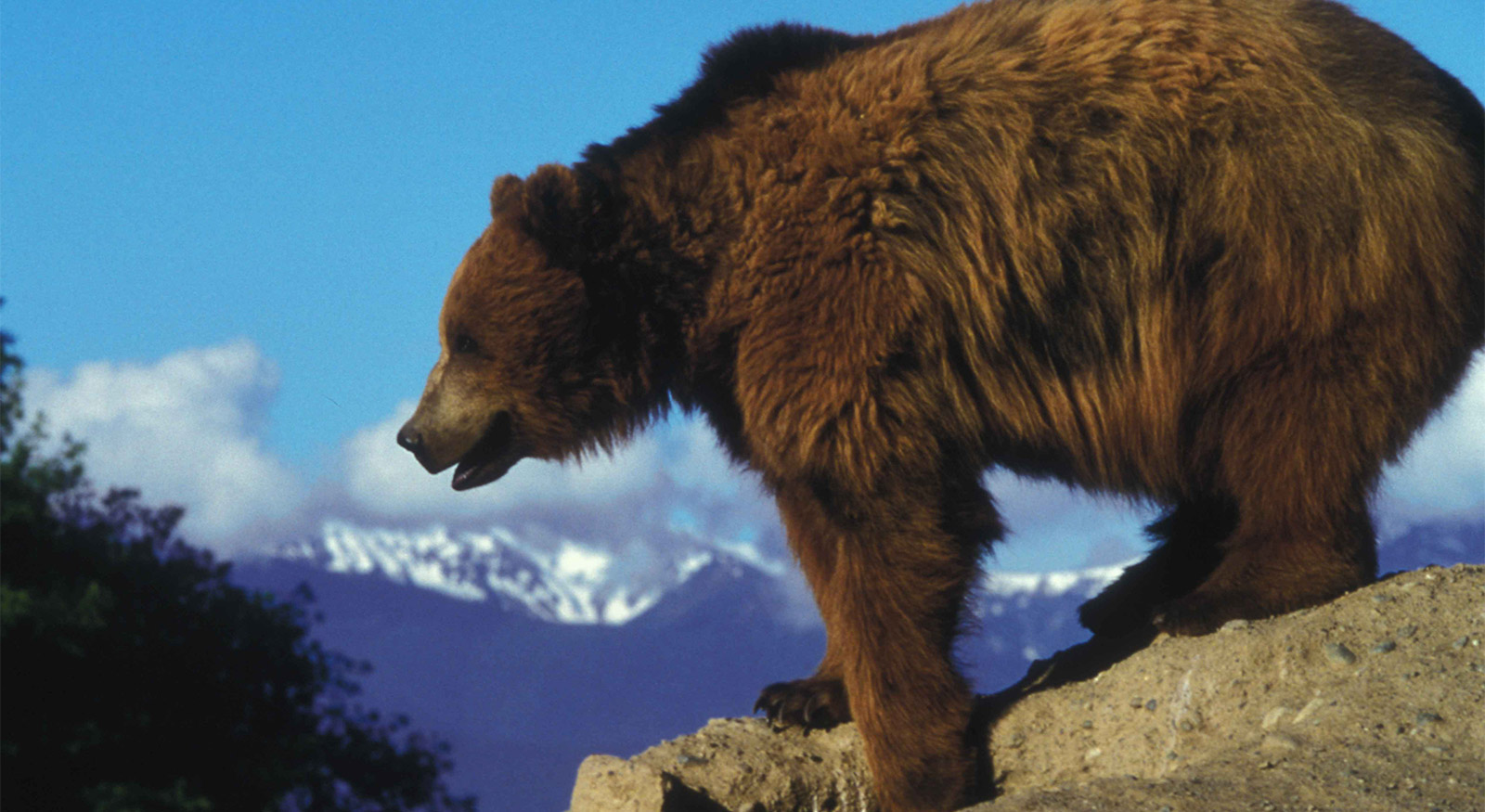Federal wildlife officials have launched a series of public forums to discuss a proposal to reintroduce grizzly bears to the North Cascade Mountains of Washington state and British Columbia.
Plans call for reestablishing a population of about 200 grizzlies in the rugged region, which spans more than 13,000 square miles. The bulk of that area is on the U.S. side of the border, including North Cascades National Park and the Mount Baker-Snoqualmie and Okanogan-Wenatchee national forests.
Grizzly bears roamed much of the continent until they were hunted nearly to extinction in the 1800s. The bears were listed as threatened under the Endangered Species Act in 1975.
The North Cascades comprise one of six “recovery zones” in the western U.S. where wildlife biologists believe grizzly bear populations can reach sustainable levels.
Of those areas, the bears’ hold is most tenuous in the North Cascades; grizzlies have been detected in the region only four times in the past decade. All of those were on the Canadian side of the border and scientists say they could be just two bears.
Grizzly bears have not been confirmed on the U.S. side of the recovery zone in more than two decades.
“It is highly unlikely that the (North Cascades zone) contains a viable grizzly bear population,” according to a draft environmental impact statement released last month.
That document, prepared by the National Park Service and the U.S. Fish and Wildlife Service, offers four alternatives for managing the North Cascades recovery zone.
The document’s “no action” alternative calls for not releasing any bears, but would instead focus on making habitat improvements designed to be favorable for grizzlies in the future.
Wildlife biologists say it is highly unlikely, though, that grizzly bears from other areas will colonize the North Cascades on their own.
The other three alternatives all call for eventually establishing a population of about 200 bears. Recent studies show the region is capable of supporting as many as 280 grizzlies.
Two of those alternatives call for reestablishing the bears gradually. Under those proposals, it could take as long as a century to bring the grizzly population up to 200 in the region.
The most aggressive option calls for releasing five to seven bears each year in the North Cascades, which would be expected to allow the population to reach 200 in about 25 years.
Federal wildlife officials say the grizzly bears would be captured from existing populations in northwestern Montana and south-central British Columbia.
The first of eight public forums was held Monday in Cle Elum, Wash. More than 100 people attended, according to the Ellensburg Daily Record, and reaction to the plan was mixed.
Federal officials are accepting public comments on the proposal through March 14.



It’s about time! But grizzlies need human-free habitat. See mjvande.info/grizz.htm
Why do you exclude URLs?! That’s nuts.